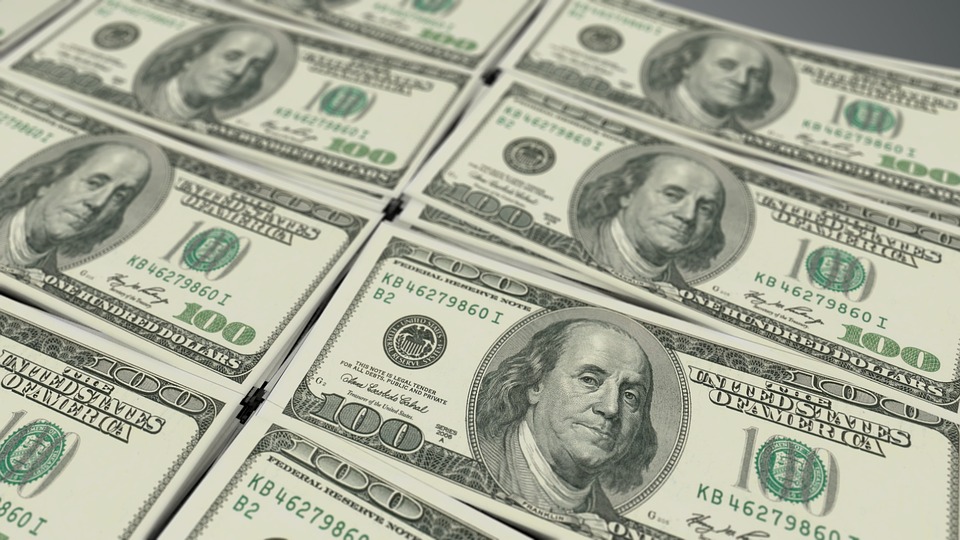The Pay Gap Is About Gender and Racial Equity
The wage gap in Wisconsin is worse for Black and Latina women.
In April 2020, the coronavirus pandemic caused the national unemployment rate to jump to nearly 15 percent — the highest rate measured since data collection began in 1948. That month, the unemployment rate for women in Wisconsin shot from 2.6 percent to 18.2 percent, more than twice the rate of unemployment for Wisconsin men at the same time.
According to Dr. Alicia Johnson, director of the Women’s Center at the University of Wisconsin-Oshkosh, the pandemic has slowed progress toward closing the wage gap between American men and women. She presented on the topic Wednesday, which was designated Equal Pay Day.
On average, American women earned the same amount of money between Jan. 1, 2020, and March 24, 2021, as their male counterparts did last calendar year.
Across the country, Latina women earn the least compared to white men. In Wisconsin, their wage gap is 43 cents. A Latina who starts working today could miss out on more than $1 million over the course of her career, according to NWLC.
Meanwhile, Wisconsin’s wage gap is 36 cents for Native American women, 25 cents for Asian women and 21 cents for white women, according to NWLC. Different ethnic groups might experience those pay gaps differently, Johnson pointed out.
“This is both a gender equity issue and a racial justice issue,” she said.
Some Say It’s A ‘Shesession’
Women of color have also been disproportionally affected by the pandemic. One reason is, they often face barriers when it comes to finding high paying jobs, Johnson said.
For example, Black women across the country are carrying the highest student loan burden, having needed to borrow money to finance their educations.
“What is important to remember is that as we continue to work on recovery from the COVID-19 pandemic, we’re going to see this gap continue to grow,” Johnson said.
In addition, the pandemic has been difficult for mothers, with many children home schooling. Woman have historically taken on the role of caregiver, Johnson said, but it’s been exacerbated by the coronavirus pandemic.
Since the pandemic began, women, those under 30 and workers who earn low wages have been most likely to take unpaid time off work, according to the Pew Research Center.
Closing The Wage Gap
“I want equity for the entire nation, and where we can start is with Wisconsin,” Johnson said.
Federal legislation will play an important role in addressing the wage gap, she said. But there are steps Wisconsin can take to mitigate the problem.
For example, Wisconsin could make it illegal for employers to retaliate against workers who share their salary information with colleagues.
Wisconsin companies can also audit their own payrolls to see if they’re contributing to pay gaps, she said.
Officials with the American Association of University Women (AAUW) said there are other legislative steps Wisconsin can take to help close the wage gap, like prohibiting employers from asking about salary history or requiring companies to keep salary records.
The AAUW also broke down the state’s wage gap by congressional district. In 2019, the gap was smallest in Milwaukee, where earnings tended to be lower across board. It was largest in Wisconsin’s 3rd Congressional District, which includes much of the western portion of the state from Dunn County south.
Listen to the WPR report here.
Closing Pay Gap ‘Is Both A Gender Equity Issue And A Racial Justice Issue’ was originally published by Wisconsin Public Radio.






















